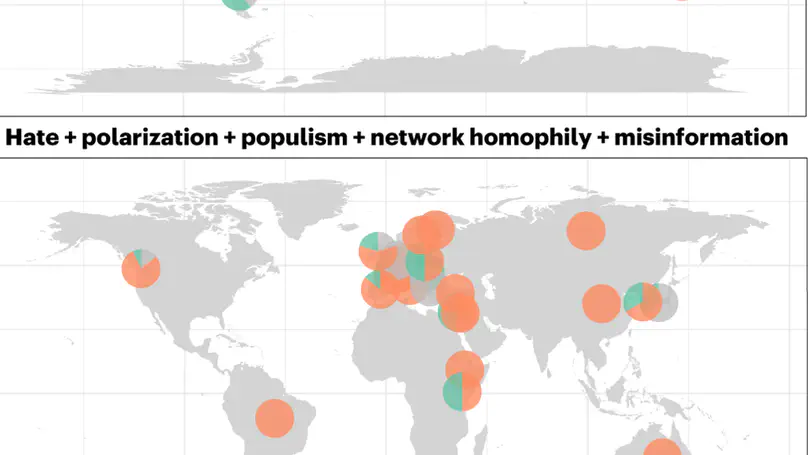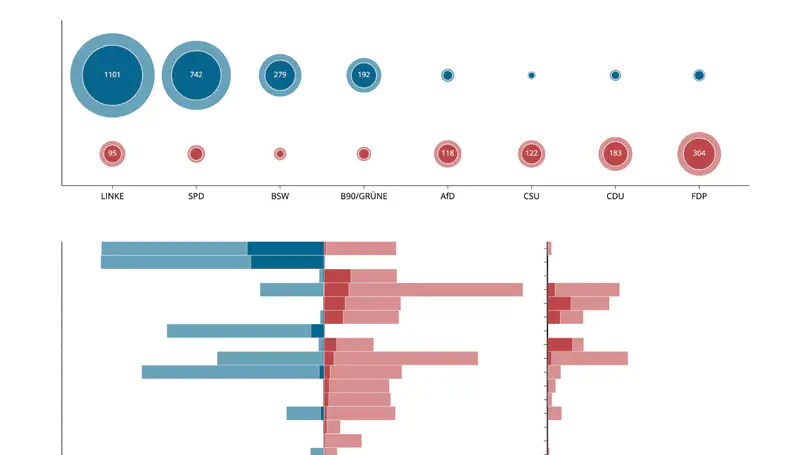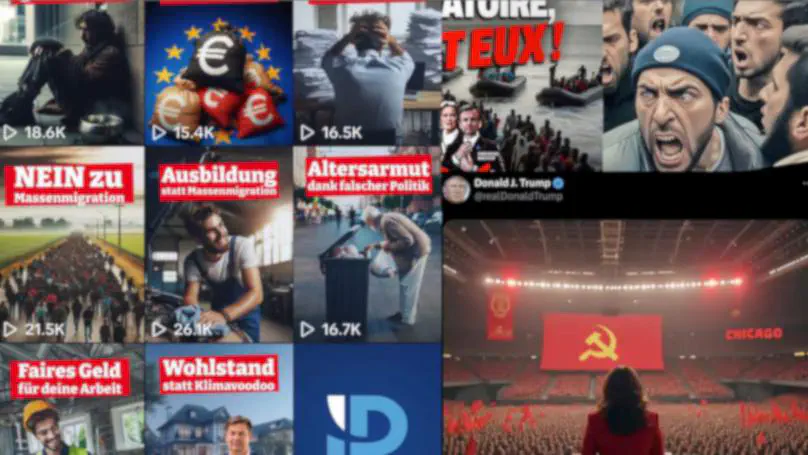Research Areas

Digital media has changed the way public spheres function around the world, specifically in the information environment of the internet. Moving from mostly one-to-many communication to a many-to-many system has increased its complexity. In addition, big platforms are curating information flows algorithmically and optimize them for engagement. Our goal is to better understand how those transitions are affecting democracies globally and political behaviour in particular.

Who do politicians represent on social media, and how? It is evident that no single party represents the entire population. Conservative parties often align with traditional middle- to upper-class families, while social democratic parties historically represent the working class. Yet, if certain social groups are excluded from representation altogether, this constitutes a democratic deficit.

Across the globe, worries are growing about the unchecked power of social media and manipulative content, further enhanced by generative AI. As viral content is believed to shape public opinions, the question of how exactly these forces influence individual and collective beliefs, attitudes, and behavior has never been more urgent.